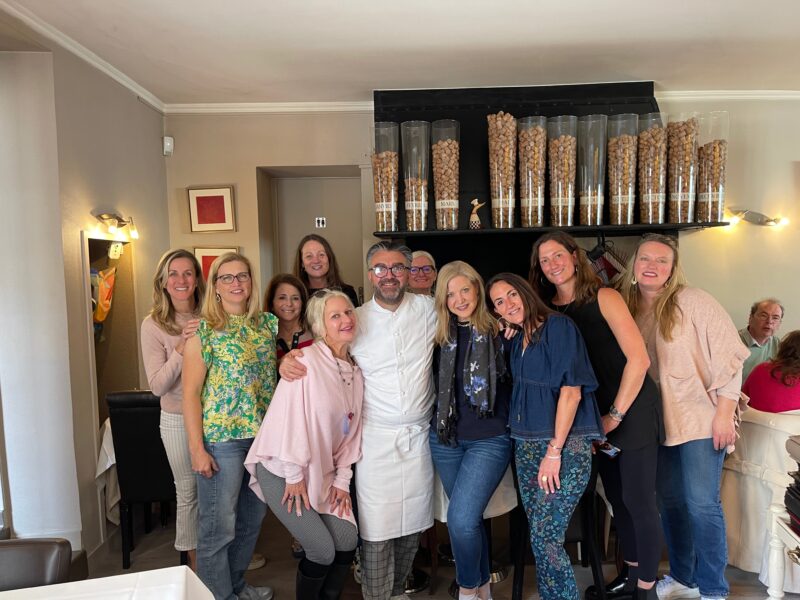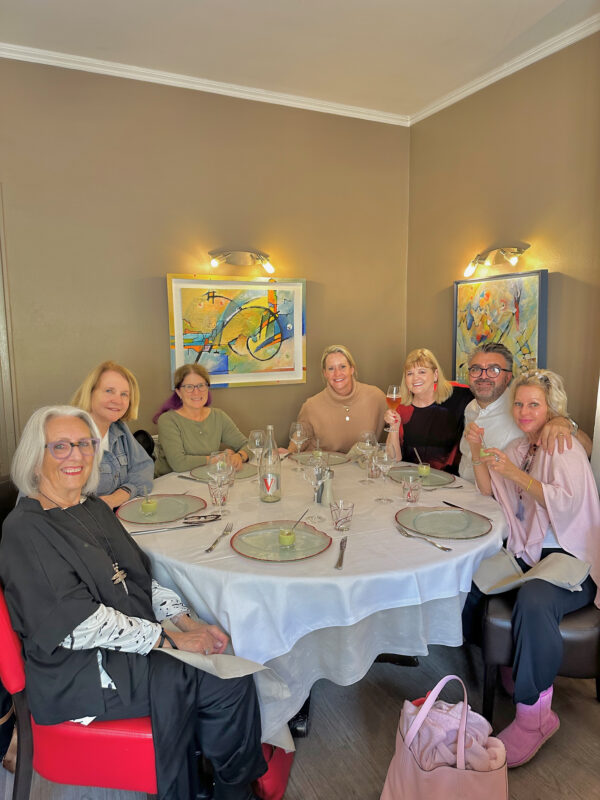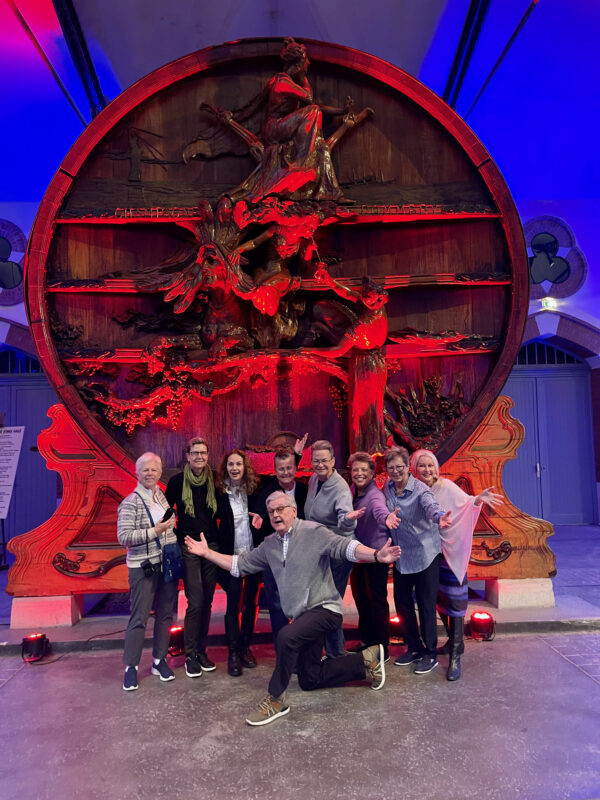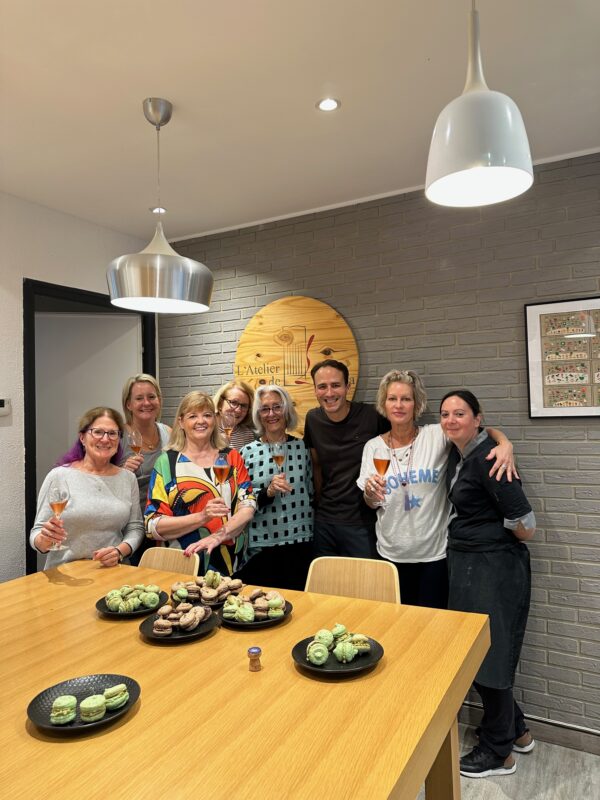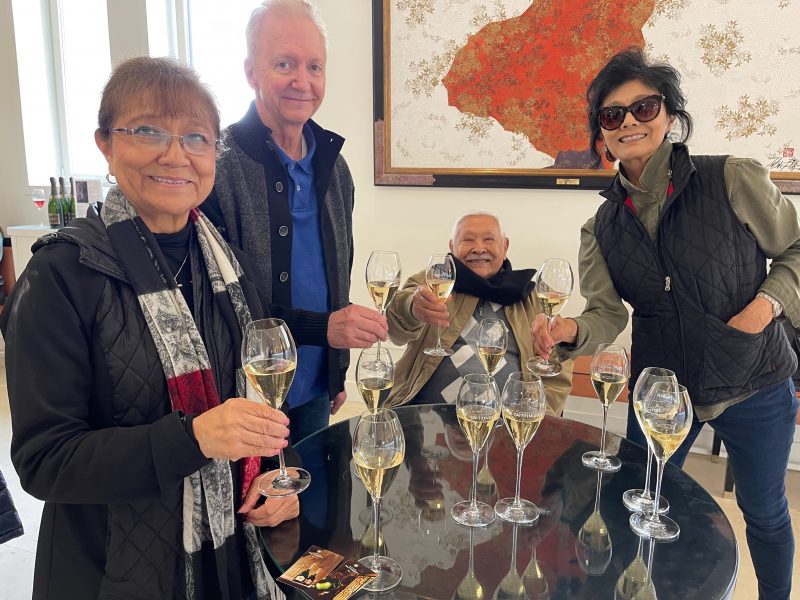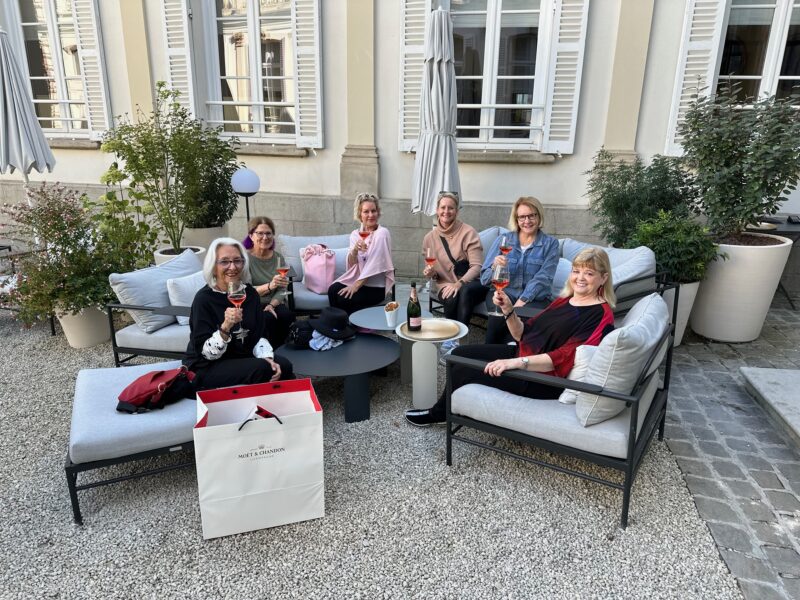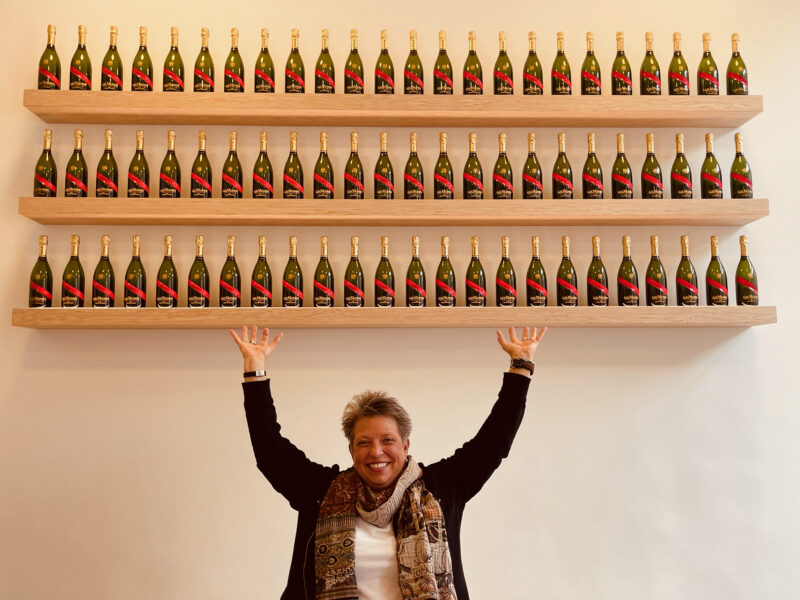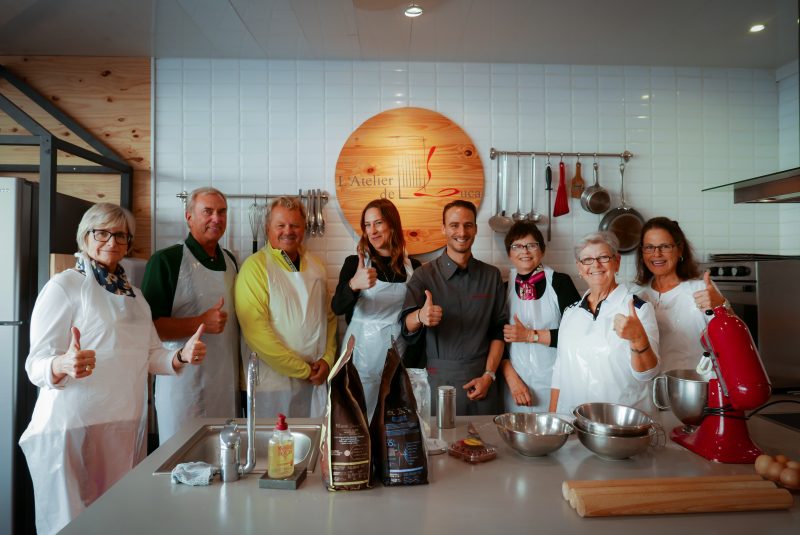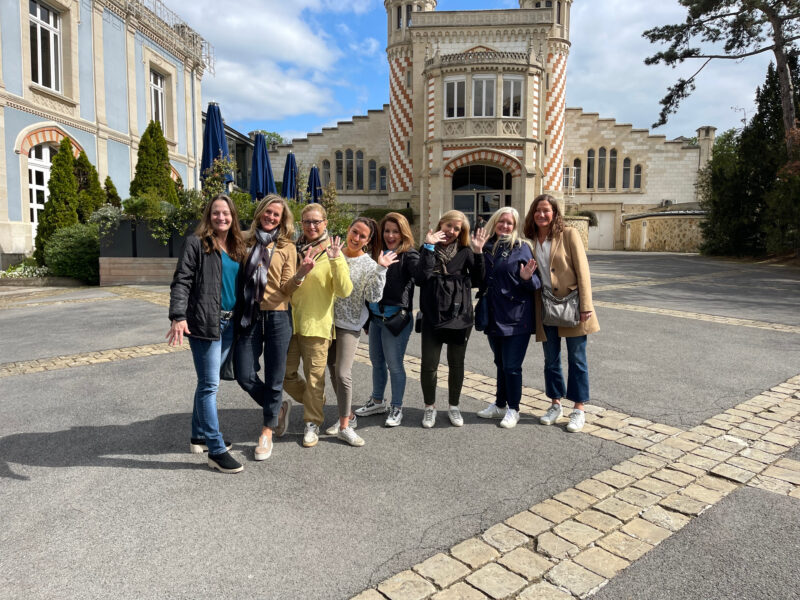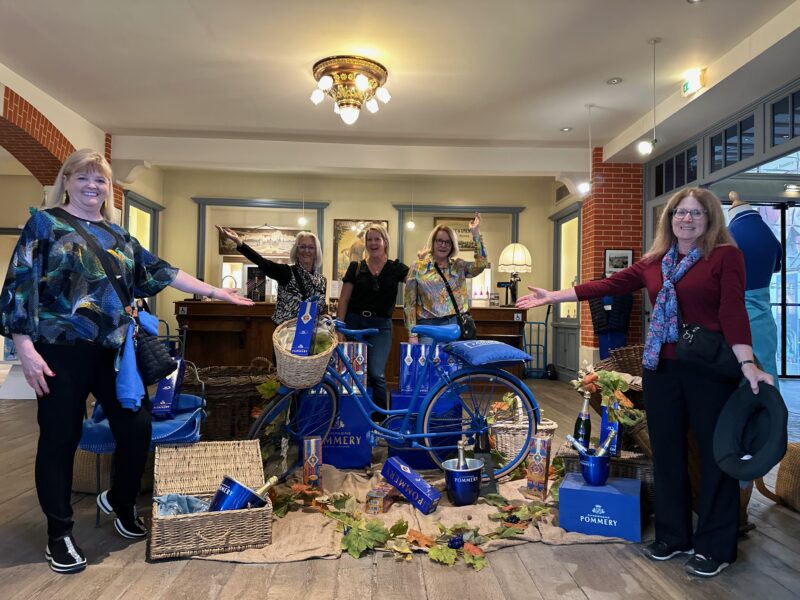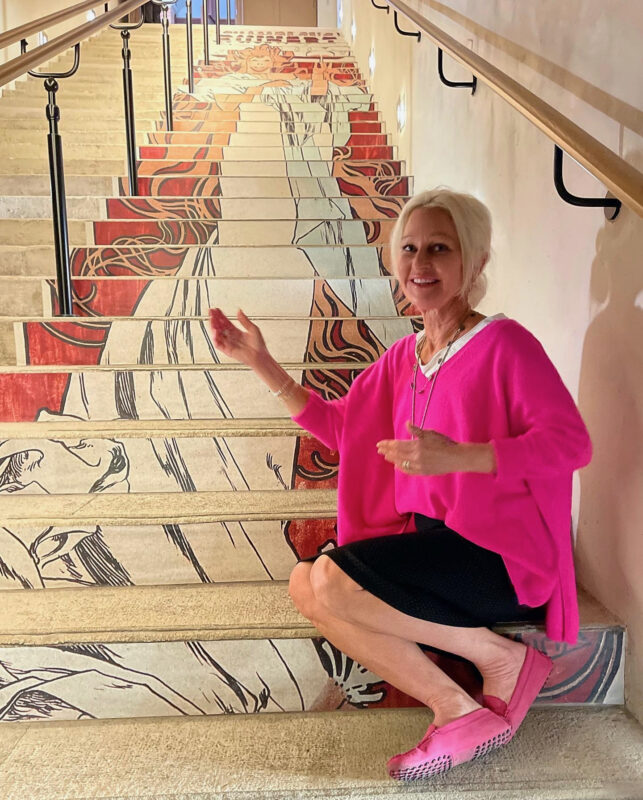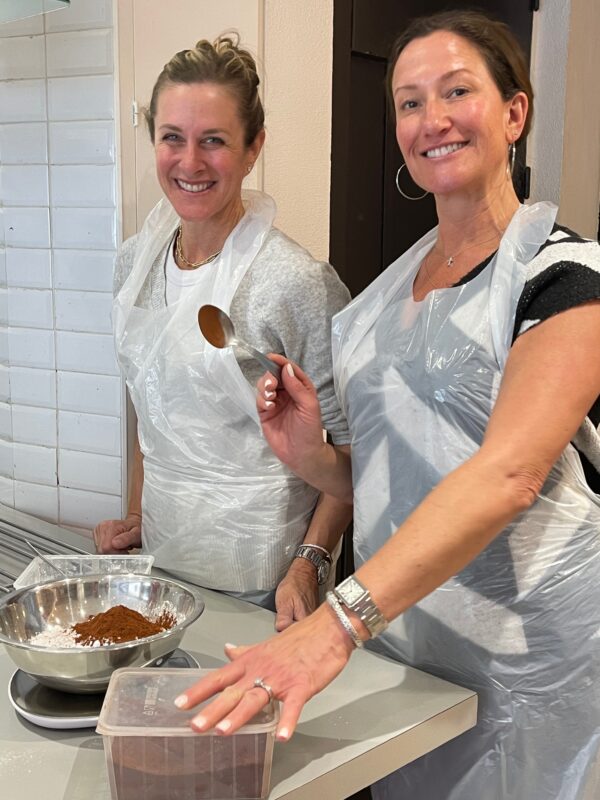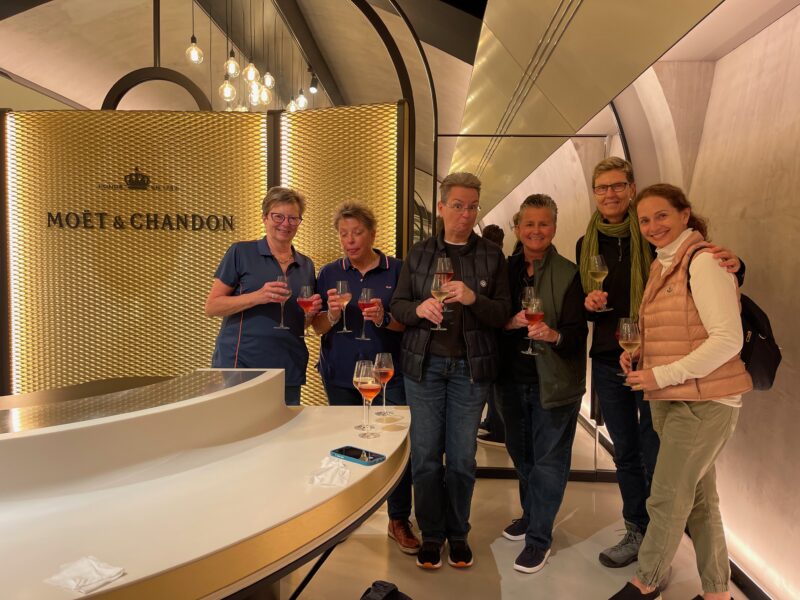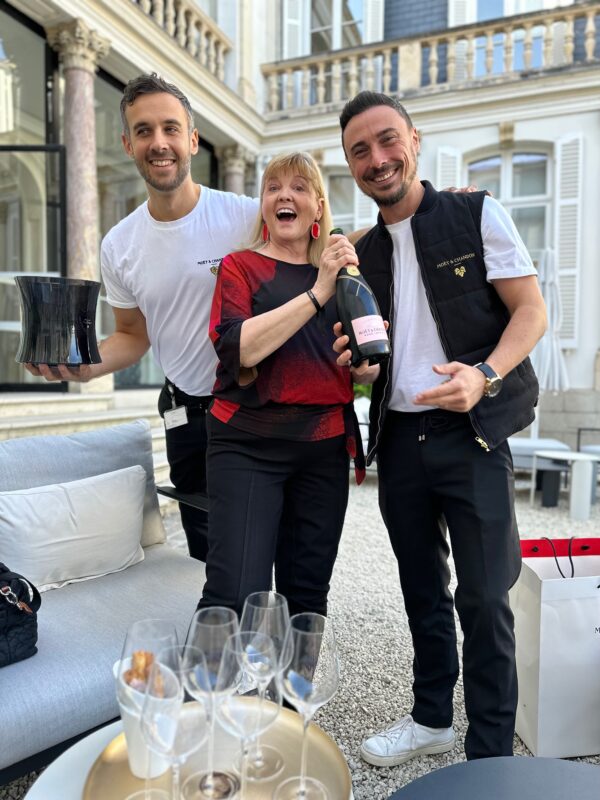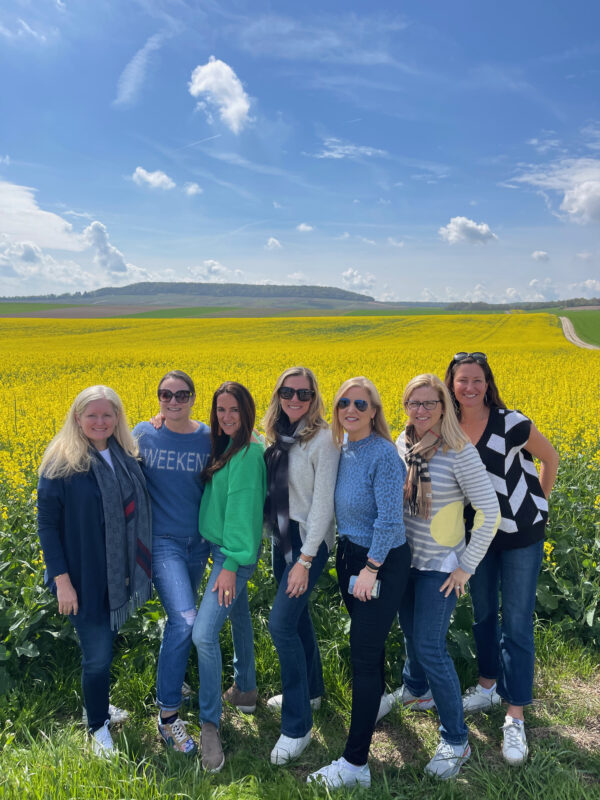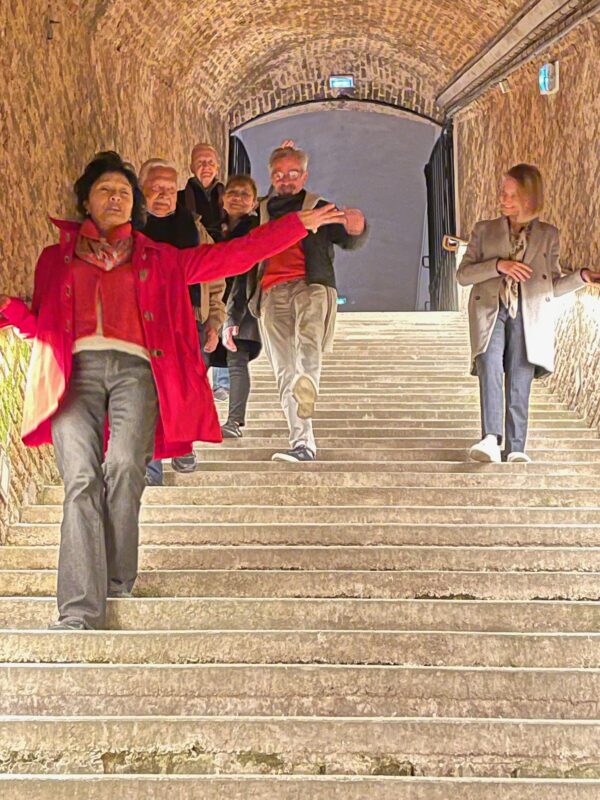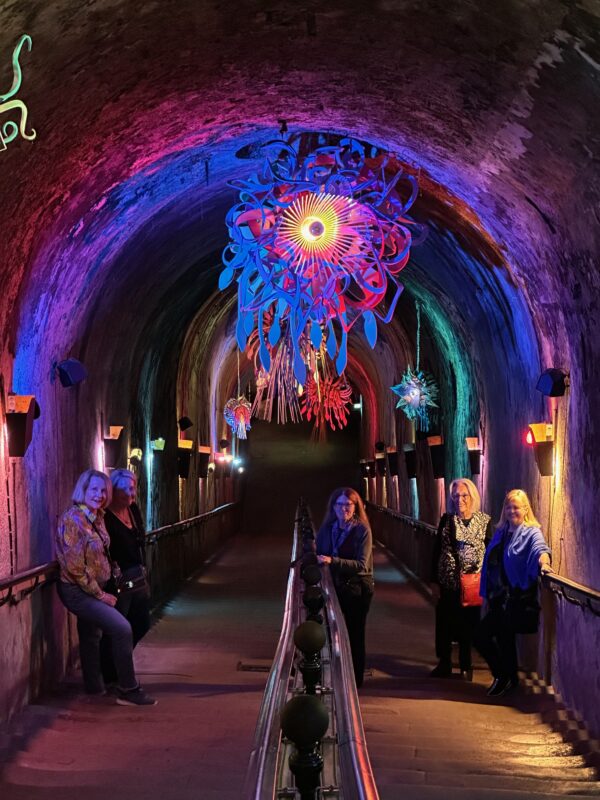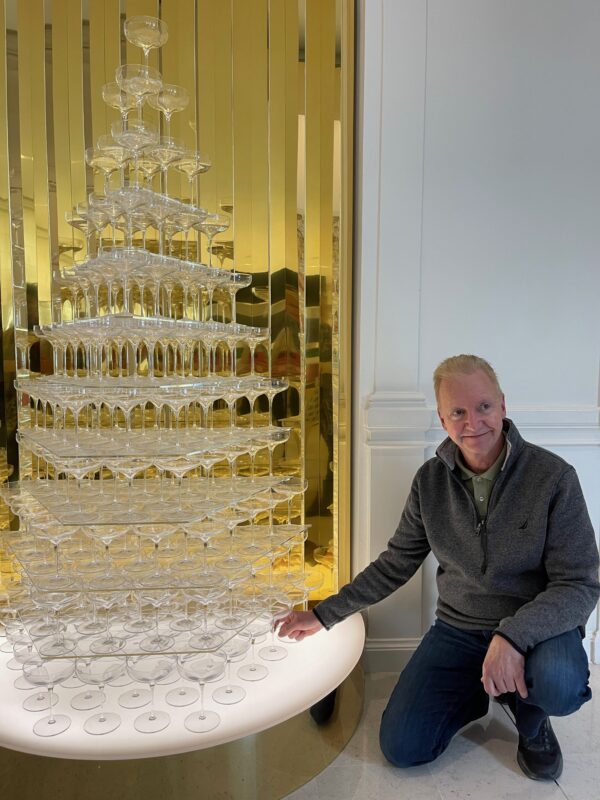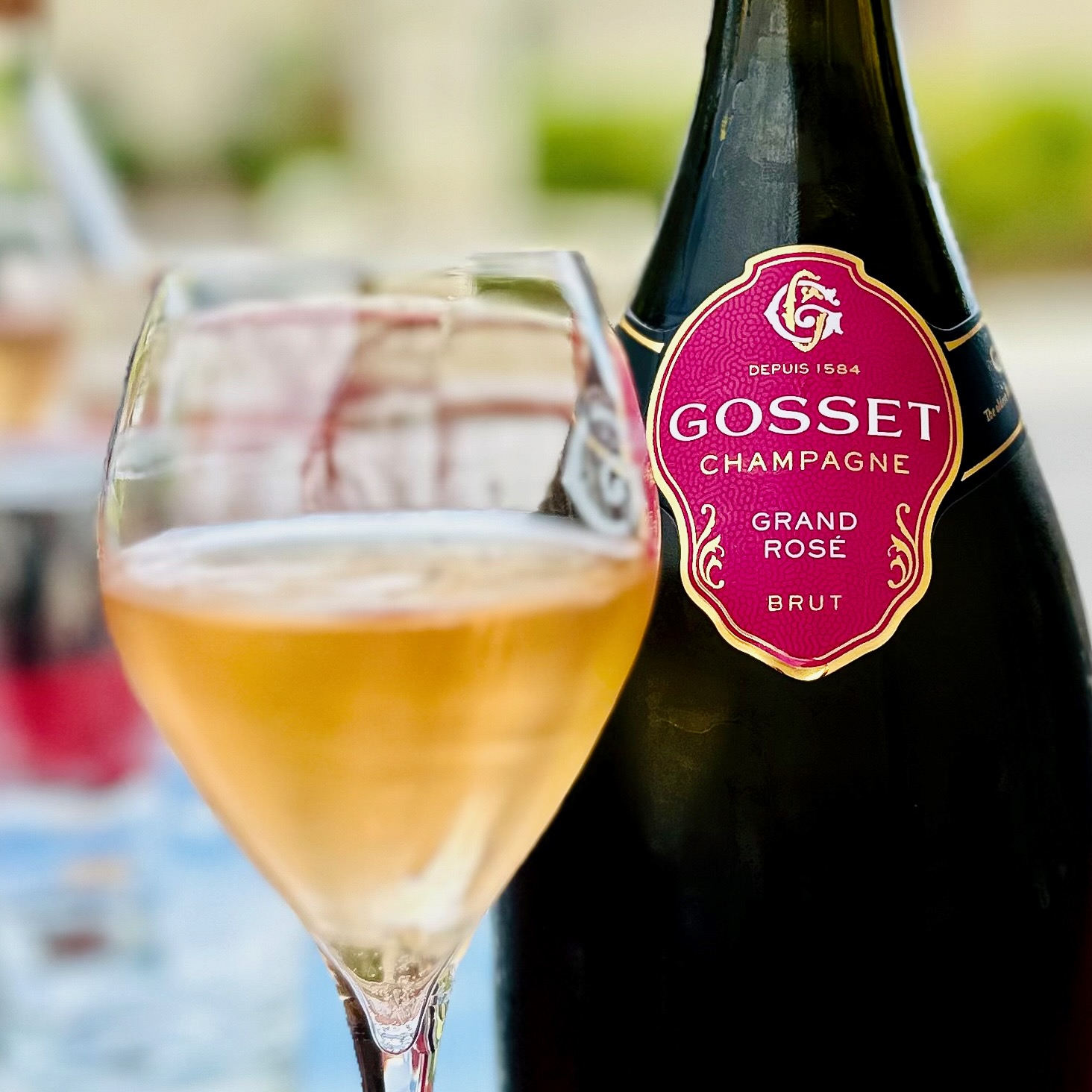
The Sparkling Story of Champagne: A Toast to History
The Sparkling Story of Champagne: A Toast to History
Champagne, the effervescent jewel of France, has captivated the world for centuries. Its celebration-worthy bubbles and luxurious allure, steeped in rich history and intriguing tales, make it a beverage of unparalleled charm. Join us as we pop the cork on the story of Champagne — from its humble beginnings to its status as a symbol of opulence and grand celebrations.
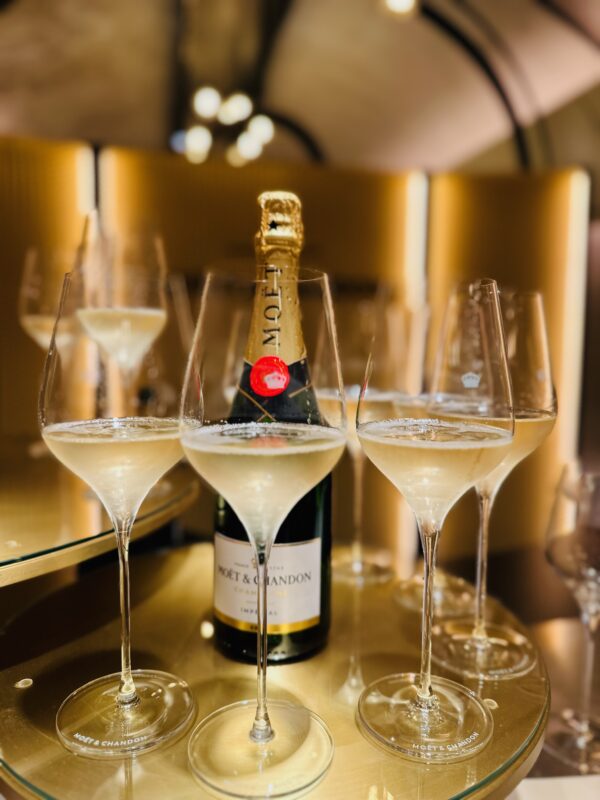
The Birth of Bubbles
The journey of Champagne begins in the Champagne region of northeastern France, where the unique climate and chalky soil provide the perfect conditions for growing grapes, specifically Chardonnay, Pinot Noir, and Pinot Meunier. The initial discovery of champagne bubbles is often attributed to a serendipitous accident. In the early 17th century, winemakers faced a challenge: sparkling wine was a product of fermentation, which frequently stopped prematurely during the cold winter months. When spring arrived, the fermentation process would restart, creating carbon dioxide and producing those delightful bubbles.
While the phenomenon was initially seen as a flaw — causing bottles to explode and resulting in a somewhat unpredictable product — it wasn’t long before the charm of sparkling wine began to win over the palates of the privileged.
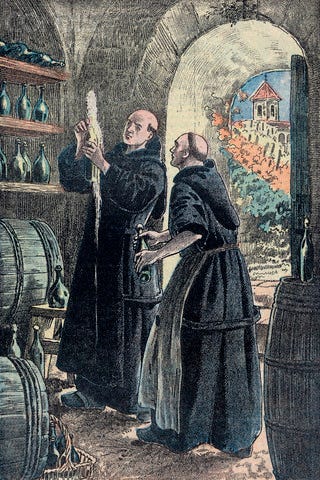
Access to Champagne: A Symbol of Status
In the 18th century, Champagne was primarily enjoyed by the upper echelons of society. Monarchs, aristocrats, and wealthy merchants were among the first to indulge in this bubbly treat. Louis XIV, known as the “Sun King,” was particularly fond of Champagne, and his patronage helped elevate its status. The wine was often served at royal banquets and celebrations, making it synonymous with grandeur and festivity.
One notable figure in the democratization of Champagne was Dom Pérignon, a Benedictine monk who played a pivotal role in refining the production techniques in the late 1600s. While he didn’t invent Champagne, his contributions to improving the quality and blending of wines have left a lasting legacy. The name “Dom Pérignon” is now synonymous with luxury and is a famous champagne brand.
The First Commercialization and Transportation
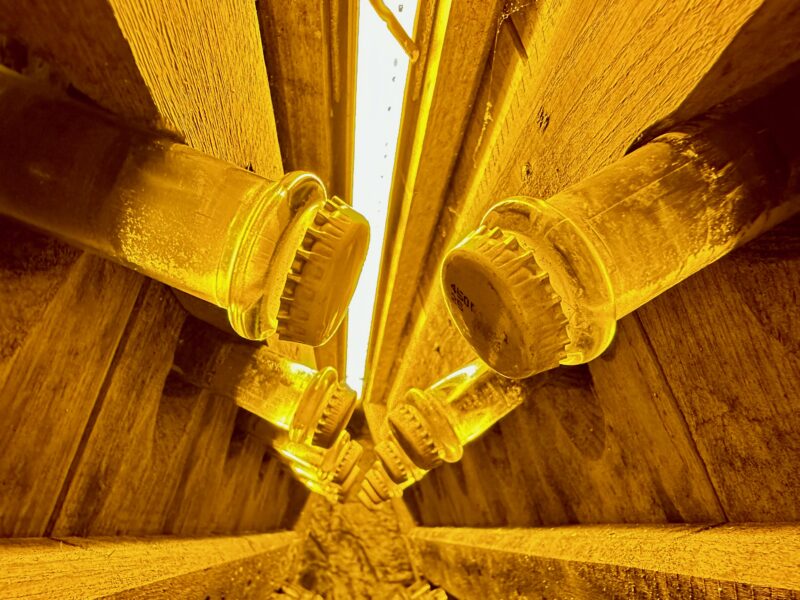 The commercialization of Champagne began in earnest during the 18th century, thanks to visionary entrepreneurs like Madame Clicquot (also known as Veuve Clicquot, the widow Clicquot). Known as the ‘Grande Dame of Champagne,’ she took over her husband’s wine business in 1805 and revolutionized the industry.
The commercialization of Champagne began in earnest during the 18th century, thanks to visionary entrepreneurs like Madame Clicquot (also known as Veuve Clicquot, the widow Clicquot). Known as the ‘Grande Dame of Champagne,’ she took over her husband’s wine business in 1805 and revolutionized the industry.
One of her most significant contributions was the introduction of the ‘riddling’ technique. This process involved gradually turning the bottles one-quarter upside down daily for six weeks to as long as 2-3 months to collect the sediment in the neck of the bottle, which was then removed, clarifying the wine and improving its quality. Madame Clicquot’s innovative techniques set new standards and opened the market for broader distribution. Her role in the industry is a testament to the significant contributions of women in the world of Champagne.
Champagne was initially transported in barrels, but producers began bottling the wine as demand grew. This allowed for easier transportation and preservation of the delicate bubbles. By the 19th century, Champagne was being shipped internationally, particularly to England, where it became a favorite among the elite.
Kings and the Evolution of Champagne
 Several French kings significantly influenced the evolution of Champagne. Louis XV was known for his love of Champagne. Madame de Pompadour, his influential mistress, famously declared, “Champagne is the only wine that leaves a woman beautiful after drinking it.” His endorsement helped solidify Champagne’s place in society. He often hosted grand events where Champagne was the main attraction, further popularizing it. However, Louis XVI truly catalyzed its rise, promoting its consumption among the nobility and even using it in his royal court. His active promotion of Champagne as a symbol of luxury and refinement significantly boosted its cultural significance.
Several French kings significantly influenced the evolution of Champagne. Louis XV was known for his love of Champagne. Madame de Pompadour, his influential mistress, famously declared, “Champagne is the only wine that leaves a woman beautiful after drinking it.” His endorsement helped solidify Champagne’s place in society. He often hosted grand events where Champagne was the main attraction, further popularizing it. However, Louis XVI truly catalyzed its rise, promoting its consumption among the nobility and even using it in his royal court. His active promotion of Champagne as a symbol of luxury and refinement significantly boosted its cultural significance.
The economic impact of champagne production on the French kingdom was nothing short of a transformation. As demand increased, Champagne became a lucrative export, bolstering the local economy and providing employment opportunities for countless families in the region. The growth of vineyards and establishing trading routes elevated the Champagne region’s status, making it a vital player in France’s economy. This economic boom not only impressed but also amazed, transforming the area and influencing various sectors, including agriculture, trade, and even coin minting. The revenue generated from Champagne sales contributed significantly to the French crown, providing stability to the currency and trade balance.
The Legacy of Champagne in Society
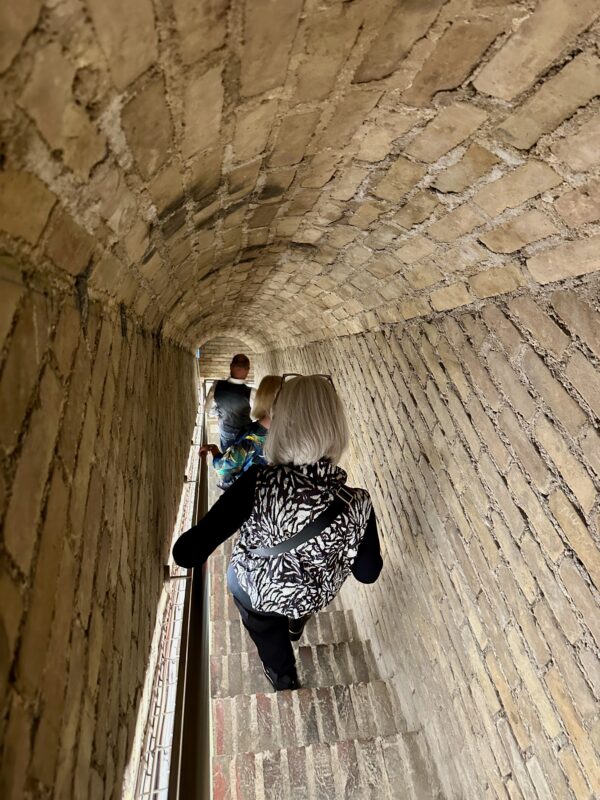 Throughout history, Champagne has been a drink of choice for toasting significant milestones and shaping societal norms and traditions. From weddings to victories on the battlefield, its association with celebration and luxury has persisted, making it a staple at festive gatherings worldwide and a part of our rich cultural heritage. The tradition of popping a bottle of Champagne to celebrate special occasions has become deeply ingrained in our social fabric, symbolizing joy, success, and the spirit of togetherness.
Throughout history, Champagne has been a drink of choice for toasting significant milestones and shaping societal norms and traditions. From weddings to victories on the battlefield, its association with celebration and luxury has persisted, making it a staple at festive gatherings worldwide and a part of our rich cultural heritage. The tradition of popping a bottle of Champagne to celebrate special occasions has become deeply ingrained in our social fabric, symbolizing joy, success, and the spirit of togetherness.
Economic Growth and Agricultural Development
The discovery and rise in popularity of Champagne from the 16th to the 18th century significantly impacted the French economy, influencing various sectors, including agriculture, trade, and even coin minting. As Champagne’s popularity grew, so did the demand for quality grapes, particularly in the Champagne region. This led to the expansion of vineyards, which increased agricultural production and created jobs for laborers, vine dressers, and seasonal workers. The success of the champagne industry prompted farmers to invest in better cultivation techniques and more land, fostering economic growth.
The rise of Champagne also encouraged farmers to diversify their crops and improve their viticulture practices. As producers sought to create distinct flavors and qualities, they began experimenting with different grape varieties and blends, enhancing the region’s agricultural output and reputation.
Domestic and International Trade
As Champagne became a symbol of luxury and celebration, its demand extended beyond France, particularly England and other European courts. This burgeoning export market contributed to a favorable trade balance and made Champagne a key product in French international trade. The increased commerce led to the establishment of new trade routes and partnerships. The growth of the champagne industry stimulated infrastructure improvements, such as better roads and transportation networks, to facilitate the movement of goods. This development was crucial for the entire economy, enabling other sectors to thrive.
Increased Revenue for the Crown, Currency, and Trade Stability
The booming champagne trade significantly contributed to the royal treasury. As production and sales increased, so did tax revenues from wine producers and merchants. This influx of funds allowed the French monarchy to mint more coins and invest in public projects, military endeavors, and lavish court celebrations.
The rise in champagne exports and the wealth generated from this industry stabilized the French economy. A stronger economy often leads to a stronger currency, and this period saw the minting of coins that reflected not only the wealth of the monarchy but also the prosperity of key regions like Champagne. Coins minted during this time often bore symbols of luxury and celebration, echoing the values associated with Champagne.
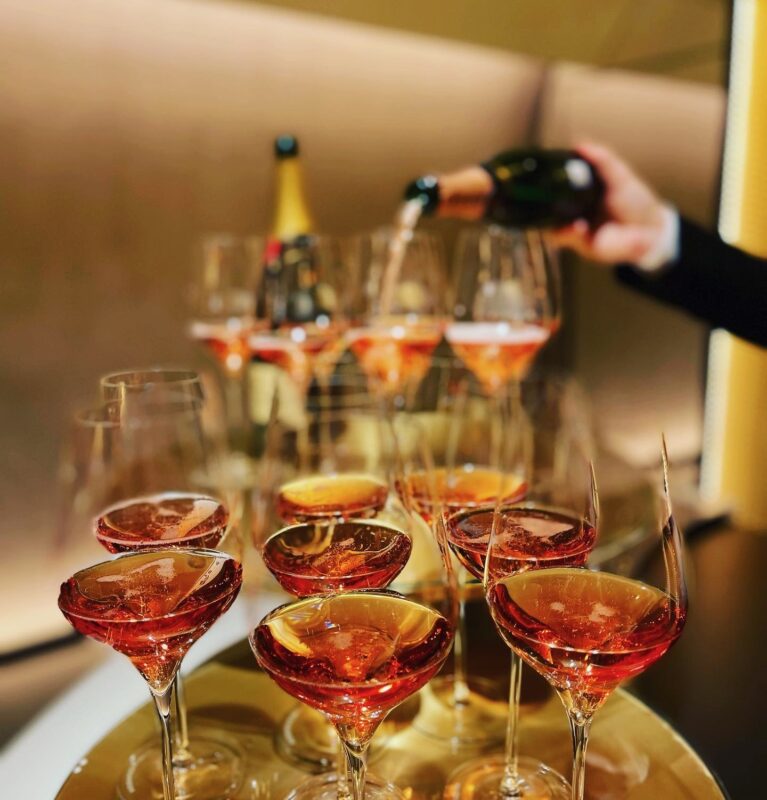 Societal Influence and Economic Transformation
Societal Influence and Economic Transformation
Champagne’s association with the aristocracy and celebrations led to a cultural shift in France. As Champagne became a staple at royal banquets and public festivities, it solidified its status as a luxury item, influencing social behaviors and consumer habits. This cultural transformation further fueled demand, creating a cycle of growth that benefitted the economy.
The rise of Champagne also had ripple effects on related industries, including glassmaking for bottles, cork production, and even the hospitality sector. The demand for quality service in restaurants and hotels catering to champagne drinkers encouraged the growth of these businesses, contributing further to the overall economic landscape.
In summary, Champagne’s discovery and rise in popularity were not just significant, but pivotal to the French economy. From agricultural expansion and trade growth to increased tax revenues that supported the monarchy’s financial needs, Champagne not only shaped social customs but also played a vital role in the economic landscape of France. The minting of coins during this period reflects the wealth generated by this effervescent beverage, marking its significance in the economy and society.
The legacy of Champagne, a drink that has shaped history, continues to influence France today, connecting us to our past in a tangible way.
The Influence of the House of Valois Pre-Champagne
Of course, I can’t talk about Champagne without divulging the connection between kings from my favorite period of French history, the House of Valois (1328-1589). Long before we understood that bubbles were not a defect of wine production, and before Champagne was officially called Champagne, the consumption of bubbly in earlier French courts influenced its future. Valois kings played crucial roles in the early history of what would eventually become Champagne, even before the beverage was officially recognized. Their contributions helped set the stage for developing sparkling wine in the Champagne region.
From Francois I (1515-1547), Henri II (1547-1559), and Charles IX (1560-1574) to Henry III (1574-1589), each contributed to promoting the cultivation of vineyards and the production of high-quality wines. They fostered the establishment of royal preferences for wines from various regions, including Champagne, further enhancing its reputation. While the wines were not yet known or labeled Champagne, their use at royal events helped popularize bubbly beverages among the nobility. The court’s opulence and focus on extravagant dining experiences not only contributed to the cultural acceptance of sparkling wines but also shaped how they were perceived and enjoyed, a legacy that we still appreciate today.
The Valois kings’ support for viticulture, royal patronage of regional wines, and the cultural practices surrounding wine consumption were instrumental in shaping the landscape that would eventually lead to the discovery and commercialization of Champagne as a distinct product. Their influence not only set the stage for Champagne but also elevated it to symbolize luxury, celebration, and French heritage, a status it continues to hold today.
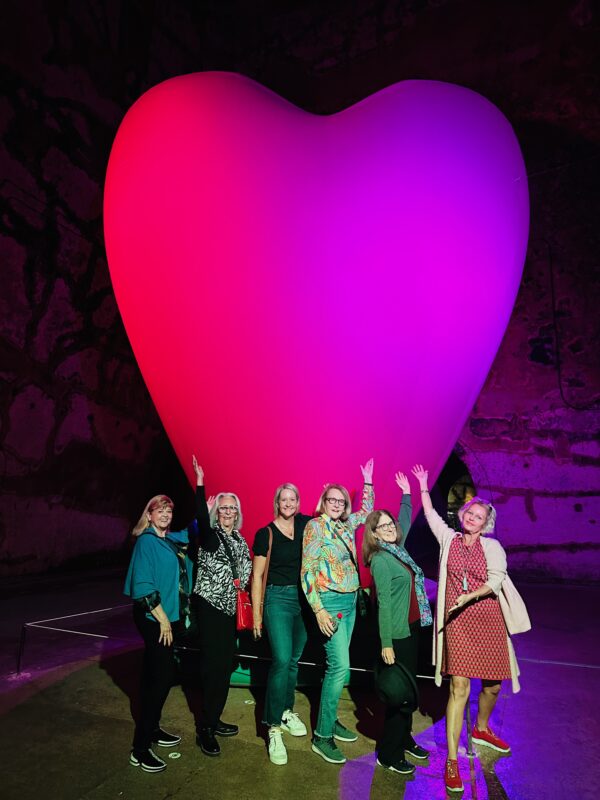 A Toast to the Future
A Toast to the Future
As we raise our glasses to Champagne’s rich history, we invite you to explore the enchanting Champagne region yourself. Discover its picturesque vineyards, meet the passionate producers, and savor the flavors that have delighted generations.
For a truly magical experience, join a small group Champagne tour with us. On our Champagne tour, you can dive deeper into the world of Champagne and discover the hidden gems of this remarkable region while feasting on some of the finest cuisine of this magical region.
What better way to experience the allure of Champagne than by immersing yourself in its history and culture? Are you ready to pop the cork on your next adventure?
Check out our Champagne Tour Itinerary here…
- Contact us at christy@traveloffthebeatenpath.com to request space availability and/or ask questions.
- Check out our complete 2025 schedule of tours and 2026 schedule of tours.
A selection of photos from past Champagne Tours
Click the images below to enlarge them


